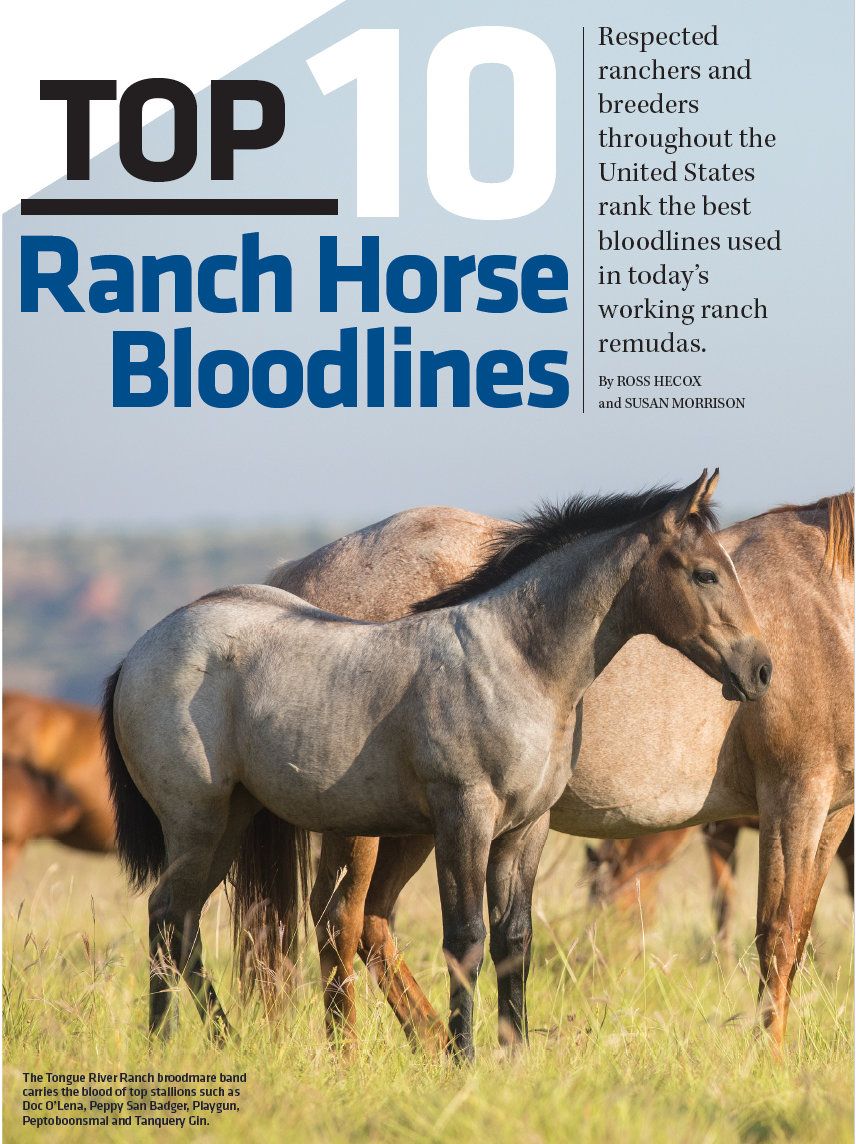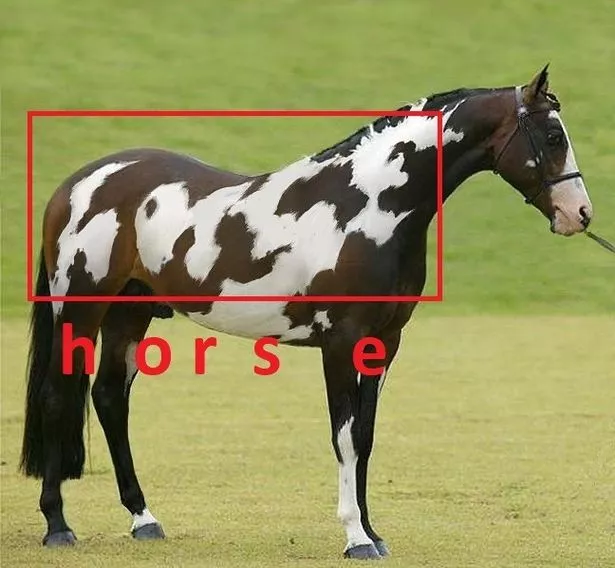Record-Breaking Horses: Biggest, Smallest, and Most Unusual

Writing a detailed, SEO-friendly blog article about record-breaking horses involves exploring some of the most fascinating equine records in history. This article will cover the biggest horses, the smallest horses, and the most unusual ones, providing readers with captivating facts and insights.
Introduction

Begin with an engaging introduction that highlights the allure of horses and their incredible diversity in size and characteristics. Mention why record-breaking horses capture our imagination and the significance of these records.
The Biggest Horses

- Shire Horses: Known as the tallest and heaviest horse breed, Shires can stand over 17 hands high and weigh up to 2,400 pounds.
- Big Jake: The tallest horse ever recorded, standing at 20.2 hands (82.75 inches) tall.
- Other Notable Giants: Include breeds like the Clydesdale and Belgian Draft horses, known for their impressive size and strength.
The Smallest Horses
- Falabella: One of the smallest horse breeds, often standing less than 30 inches tall.
- Thumbelina: The smallest horse ever recorded, measuring just 17.5 inches tall.
- Miniature Horses: Discuss their characteristics and how they differ from ponies.
The Most Unusual Horses
- Unique Coat Colors and Patterns: Such as the rare leopard appaloosa or the striking palomino.
- Uncommon Physical Traits: Horses with extra toes (polydactyly) or other genetic anomalies.
- Famous Unusual Horses: Highlight horses known for their distinctive features or stories.
Table: Comparison of Record-Breaking Horses
| Category | Name | Height (hands/inches) | Weight (lbs) | Notable Features |
|---|---|---|---|---|
| Biggest | Big Jake | 20.2 hands (82.75″) | ~2,600 | Tallest horse ever recorded |
| Smallest | Thumbelina | 8.5 hands (17.5″) | 57 | Smallest horse ever recorded |
| Most Unusual | Various | Varies | Varies | Unique coat colors, traits |
FAQs
Q1: What is the difference between a miniature horse and a pony?
A: Miniature horses are bred to resemble full-sized horses in miniature form, while ponies are a distinct type of small horse with different body proportions.
Q2: How are horse heights measured?
A: Horse height is measured in hands, where one hand equals 4 inches, measured from the ground to the withers (the highest point of the shoulders).
Q3: Are there any health concerns with extremely large or small horses?
A: Yes, both very large and very small horses can face specific health challenges, such as joint issues or metabolic disorders, requiring specialized care.
Conclusion
Wrap up the article by reflecting on the incredible diversity of horses and how these record-breaking individuals showcase the fascinating range of equine biology and history. Encourage readers to appreciate the unique qualities of all horses, big or small, common or unusual.
